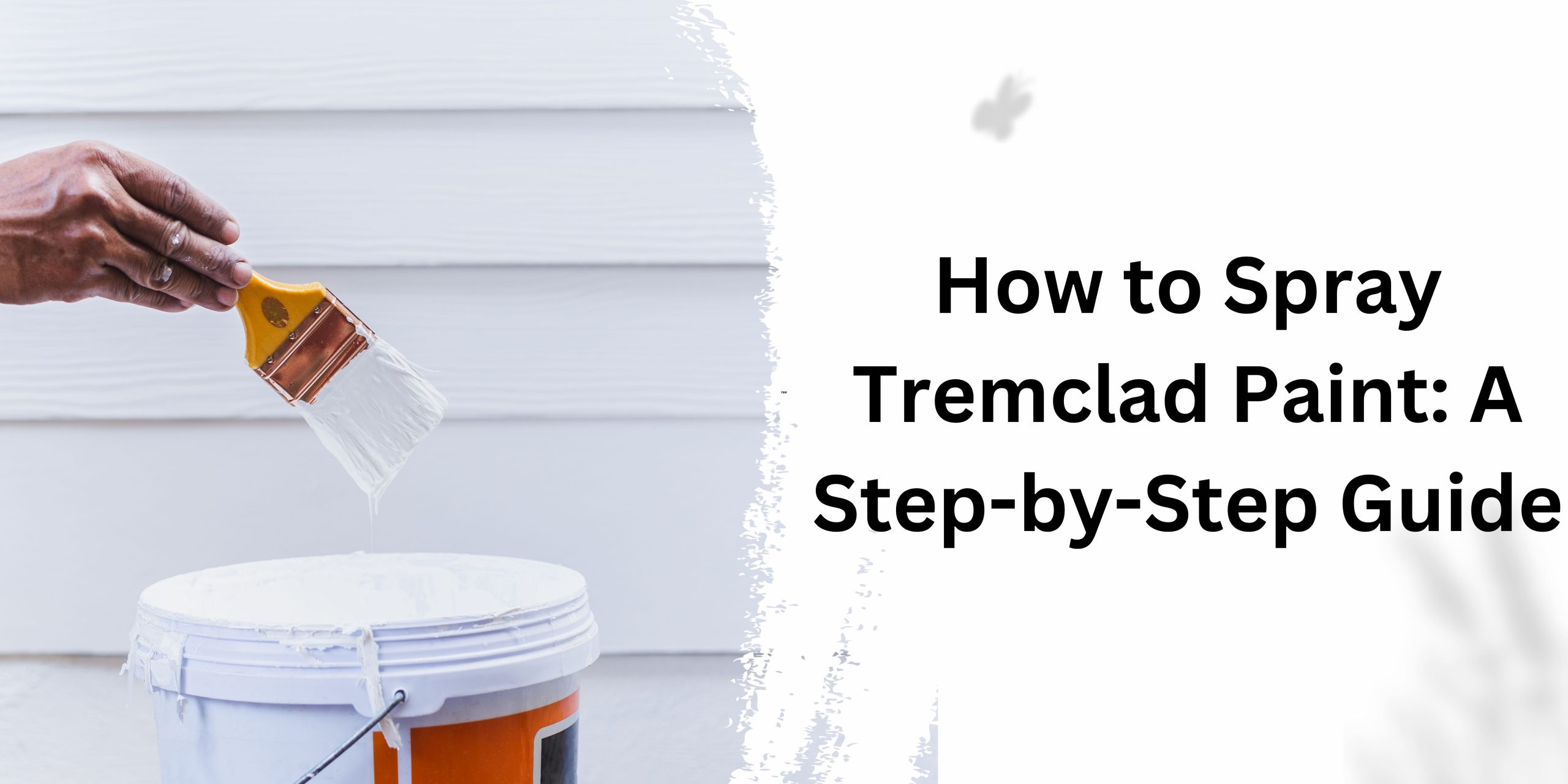Spray painting with Tremclad can be a rewarding DIY project, offering a quick and effective way to refresh surfaces and add a new look to your items. Whether you’re a beginner or have some experience, understanding how to spray Tremclad paint properly is key to achieving a professional finish. In this guide, we’ll walk you through the steps, offer some valuable tips, and address common questions to help you master the art of spray painting with Tremclad.
How to Spray Tremclad Paint: A Step-by-Step Guide
- Choose the Right Conditions: Select a well-ventilated area with low humidity to ensure proper drying.
- Prepare the Surface: Clean the surface thoroughly to remove dirt, grease, and rust. Sand the surface lightly to promote adhesion.
- Protect Surroundings: Use drop cloths or masking tape to protect surrounding areas from overspray.
- Shake the Can: Shake the Tremclad can vigorously for about a minute to ensure proper mixing of the paint.
- Test Spray: Before applying to the surface, test spray on a piece of cardboard or scrap material to check the flow and coverage.
- Apply Primer (if needed): If the surface is bare metal or has significant rust, consider applying a primer before the Tremclad paint.
- Spray in Even Strokes: Hold the can about 8-12 inches away from the surface and spray in smooth, even strokes, overlapping each pass slightly.
- Apply Multiple Coats: For best results, apply multiple thin coats rather than one thick coat. Allow each coat to dry before applying the next.
- Allow Proper Drying Time: Follow the manufacturer’s instructions regarding drying time between coats and for the final coat.
- Clean Up: Clean the nozzle of the can after use to prevent clogging. Use mineral spirits or paint thinner for cleanup.
- Finish and Seal: Once the final coat is dry, consider applying a clear coat or sealer for added protection and a glossy finish.
Tremclad Rust Paint Instructions for Temperature
When using Tremclad Rust Paint, it’s essential to consider temperature for optimal application and results. Here are some key instructions regarding temperature:
- Ideal Temperature Range: Tremclad Rust Paint is best applied when the temperature is between 50°F and 90°F (10°C and 32°C). Avoid painting in temperatures outside this range, as it can affect the paint’s drying time and adhesion.
- Avoid Extreme Temperatures: Painting in extreme heat or cold can lead to issues such as poor adhesion, cracking, or uneven drying. Try to paint on mild days when the temperature is moderate.
- Surface Temperature: Additionally, ensure that the surface you are painting is within the recommended temperature range. Surface temperature can affect how the paint adheres and dries.
- Ventilation: While painting, ensure proper ventilation, especially when painting indoors. This helps to dissipate fumes and aids in the drying process.
- Follow Manufacturer’s Recommendations: Always refer to the manufacturer’s instructions on the Tremclad Rust Paint can for specific temperature guidelines and other application instructions.
Tips for Successful Tremclad Spray Painting
- Temperature Matters: Avoid spraying in extreme temperatures, as this can affect the paint’s drying time and finish.
- Practice Patience: Allow each coat to dry thoroughly before applying the next to avoid drips and uneven coverage.
- Mind the Wind: Spray on calm days to prevent overspray and ensure even application.
- Use Proper Protection: Wear a mask and goggles to protect yourself from fumes and overspray.
- Store Properly: Store Tremclad paint cans upright in a cool, dry place to prevent clogging and ensure longevity.
Read More: How to Paint Door Hinges
Summary
Spray painting with Tremclad can be a fun and rewarding DIY project if done correctly. By following these steps and tips, you can achieve a professional finish and prolong the life of your items. Remember to choose the right conditions, prepare the surface properly, and apply multiple thin coats for the best results.

